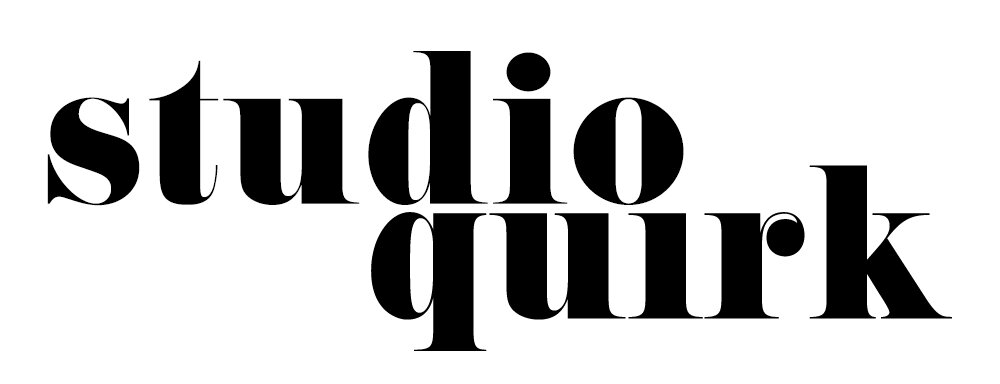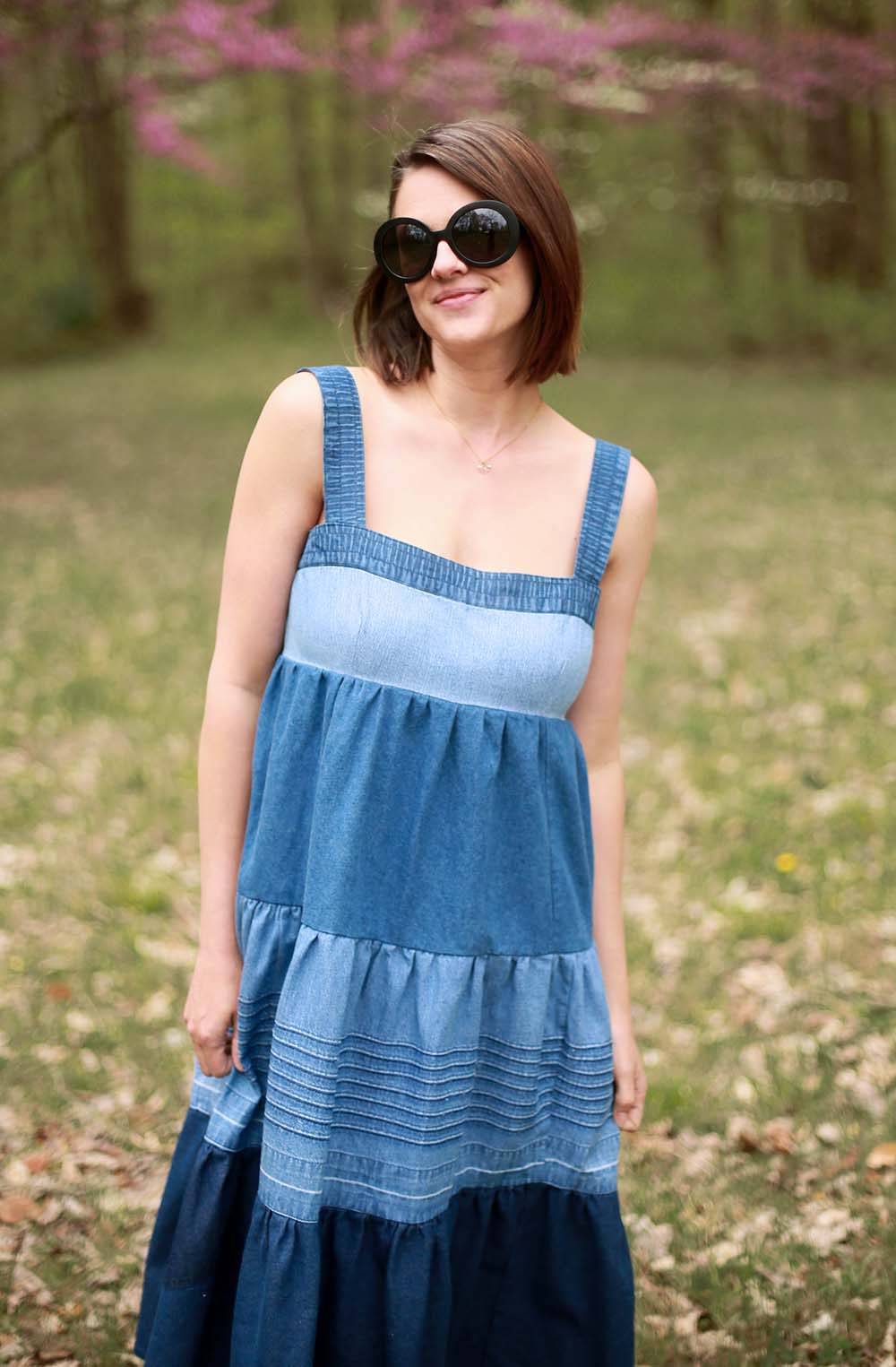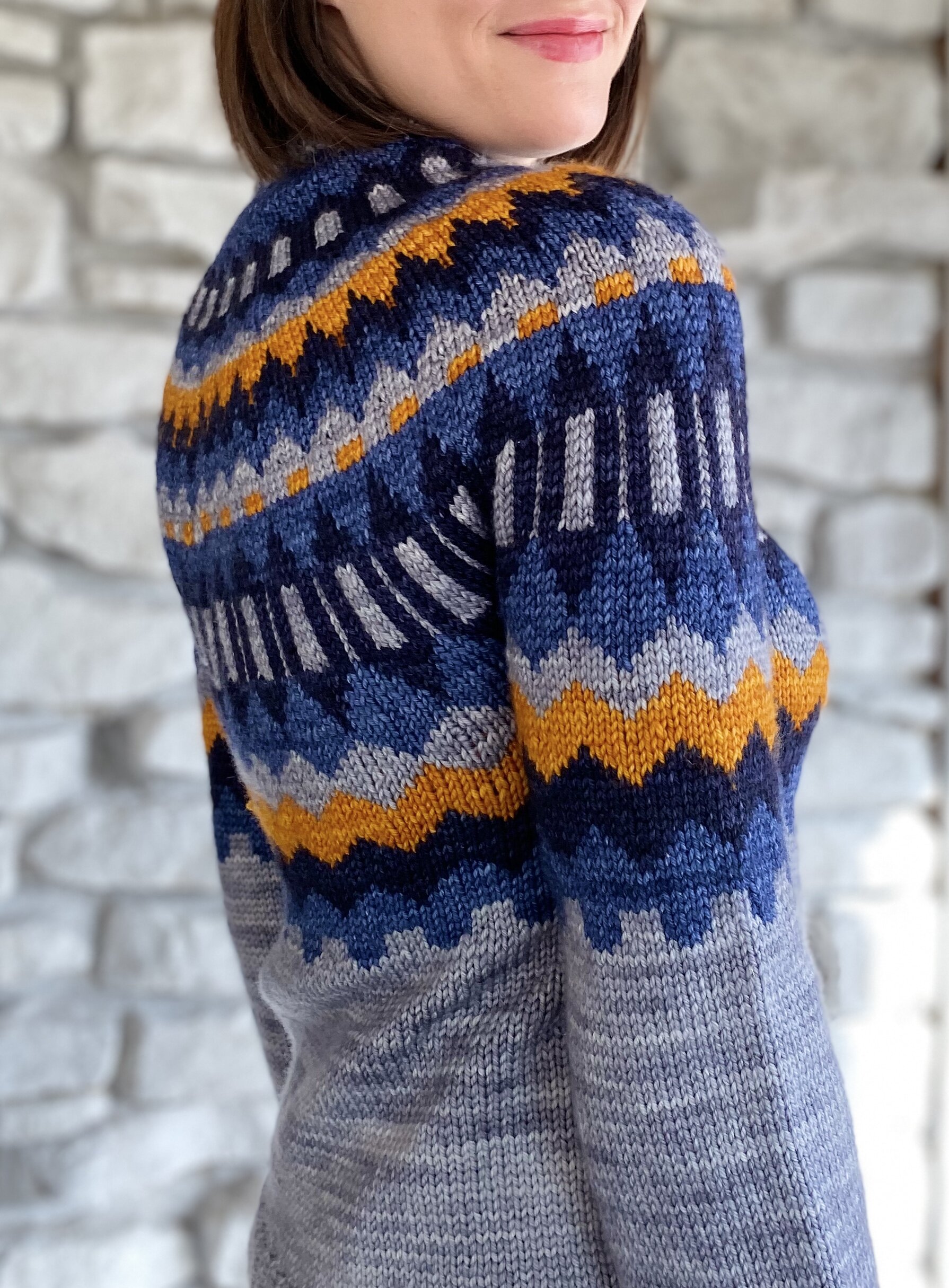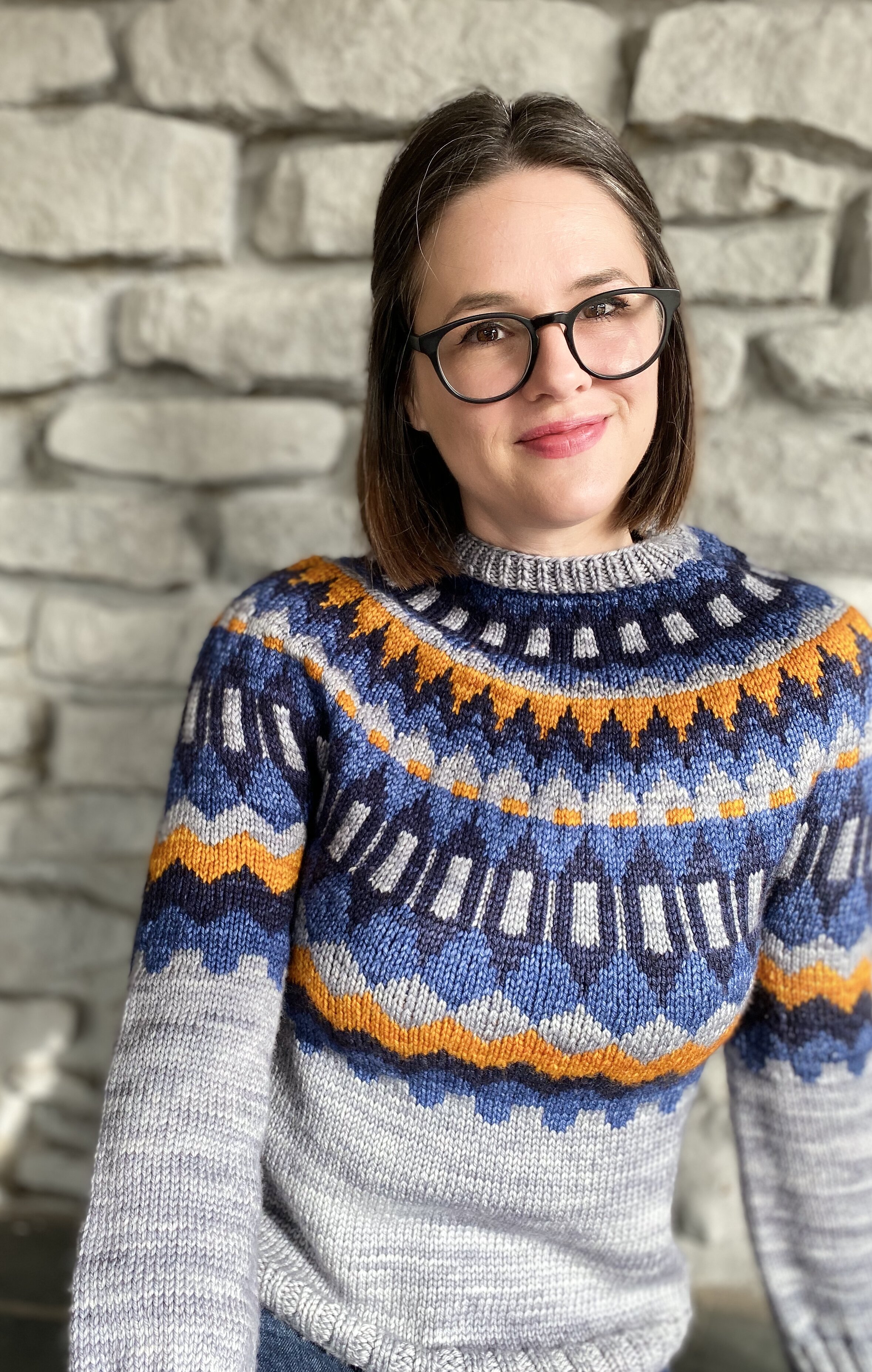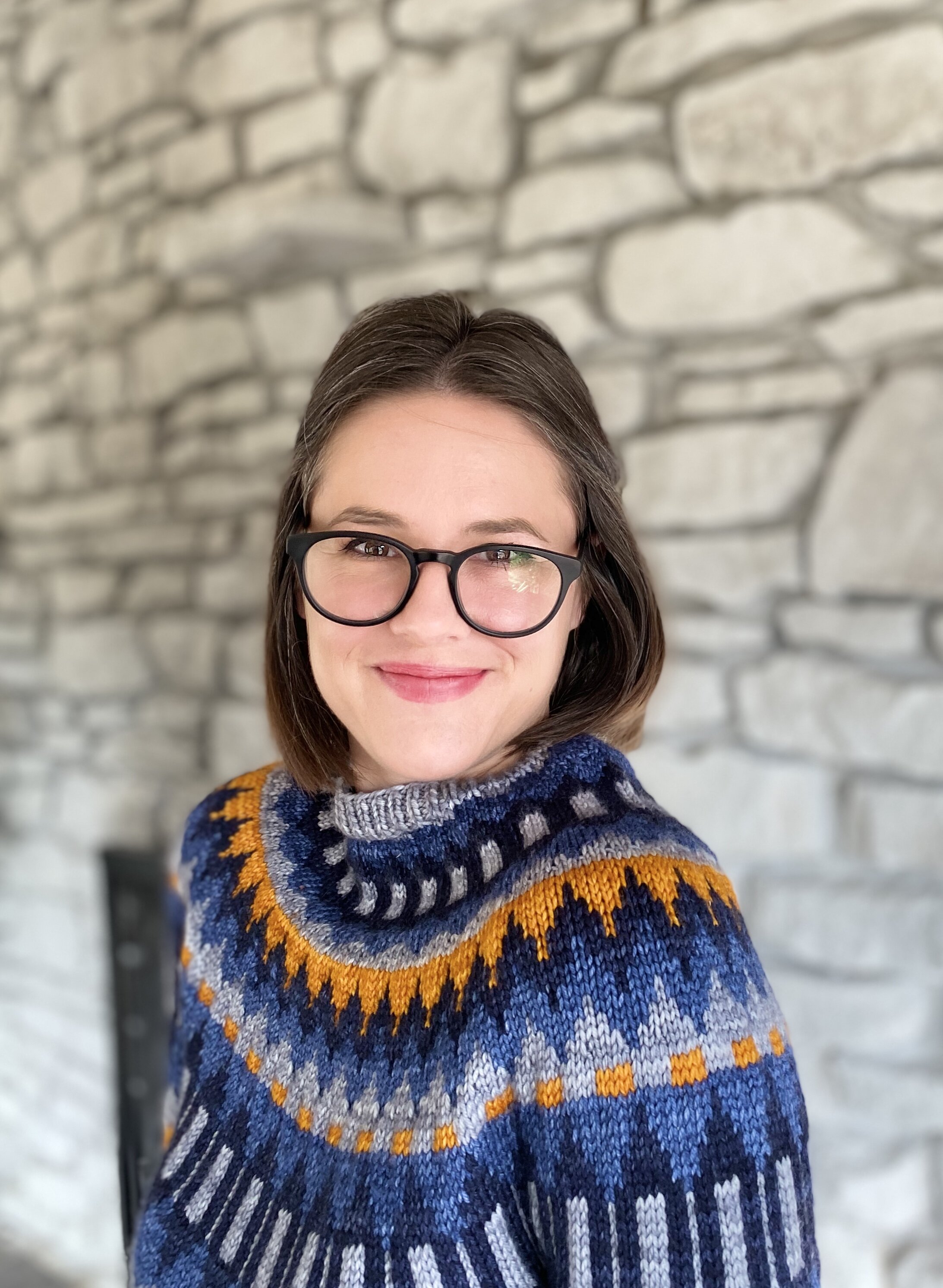Now that we’ve seen some of the classic elements of Norwegian knitting from the Fana sweater, let’s have a look at Selbuvotter, or mittens from Selbu, Norway!
I’ve found a couple different origin stories for this classic black and white mitten, but the one I like best is the story of Marit Gulsethbrua Emstad, a young girl who knit up both black and white wool from her family’s sheep using the 8 pointed star on the back of the mitten. She wore them to church on Sunday in the 1850s and a fashion trend was born. They grew to such popularity worldwide, that by the 1930s over 100,000 pair were exported a year! This motif became known as the selburose and later an icon of Norway in it’s quest for independence. This article from The Atlantic goes into even more of the story and I highly recommend it for more background!
I also found the following press piece that appeared in at least fifteen papers in 1938, including The Los Angelos Times, The Philadelphia Inquirer, The Indianapolis Times, The Star Tribune of Minneapolis and more. The eye catching title of this article was Romantic Story in Knit Mittens and reads as follows:
The black and white Norwegian mittens which have for the last few seasons decorated the hands of American skiiers were original intended for a far different purpose. They were first made in accordance with an old marriage custom and owe their fine workmanship to the intense rivalry amoung the young girls who knit them, says an old tradition of the beautiful Selbu district of Norway. According to this story, girls of the valley were once expected to knit a pair of mittens for each of the guests attending their wedding.
They began the task very young, competing with each other to produce the finest designs. Typical Selbu patterns, such as the large eight-pointed star, an angular figure of a woman or a reindeer, are now knit by women in other parts of Norway and will be included in the handicrafts displays arranged for the great Oslo Exhibition of Norwegian life, which will open in Oslo May 12 and continue to Sept. 18
Socks and sweaters too are knit in Selbu patterns, and with the increasing popularity of skiing, these Norwegian articles are fast achieving international fame.
